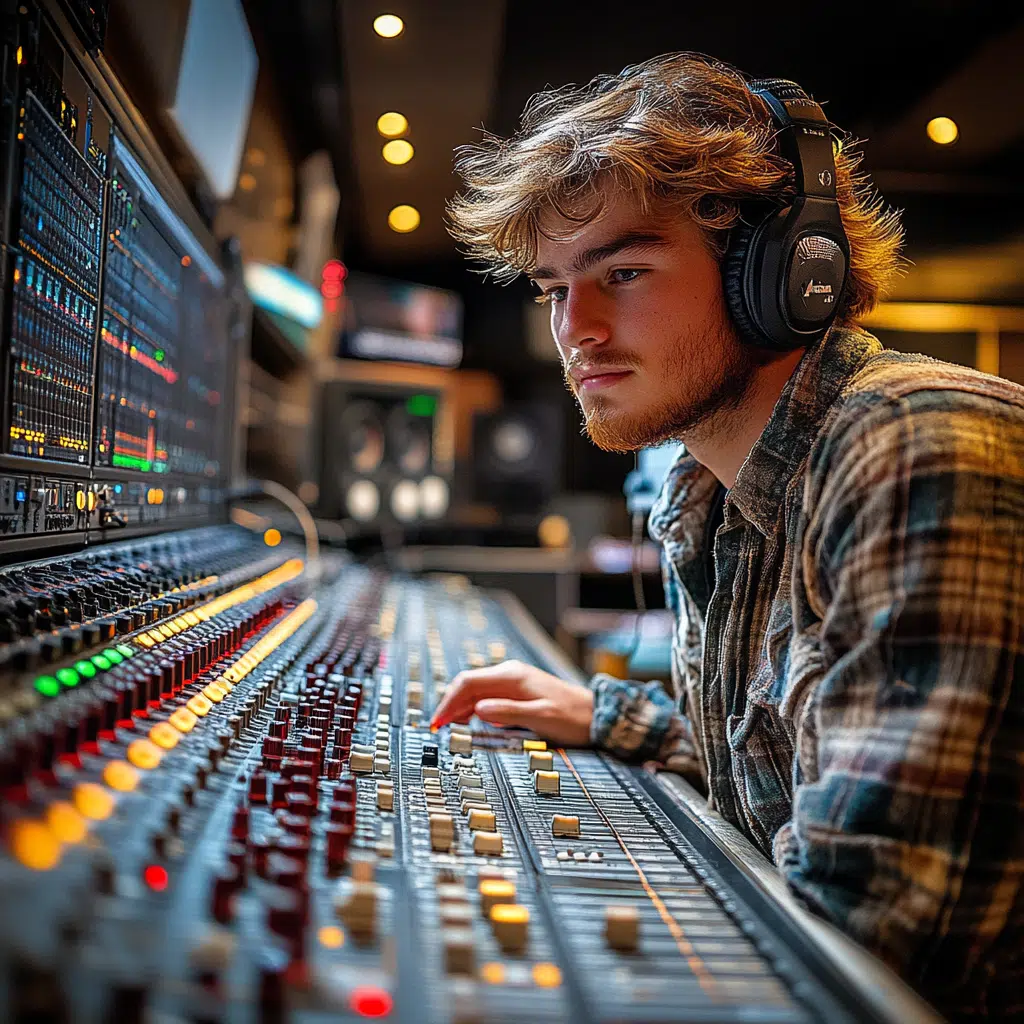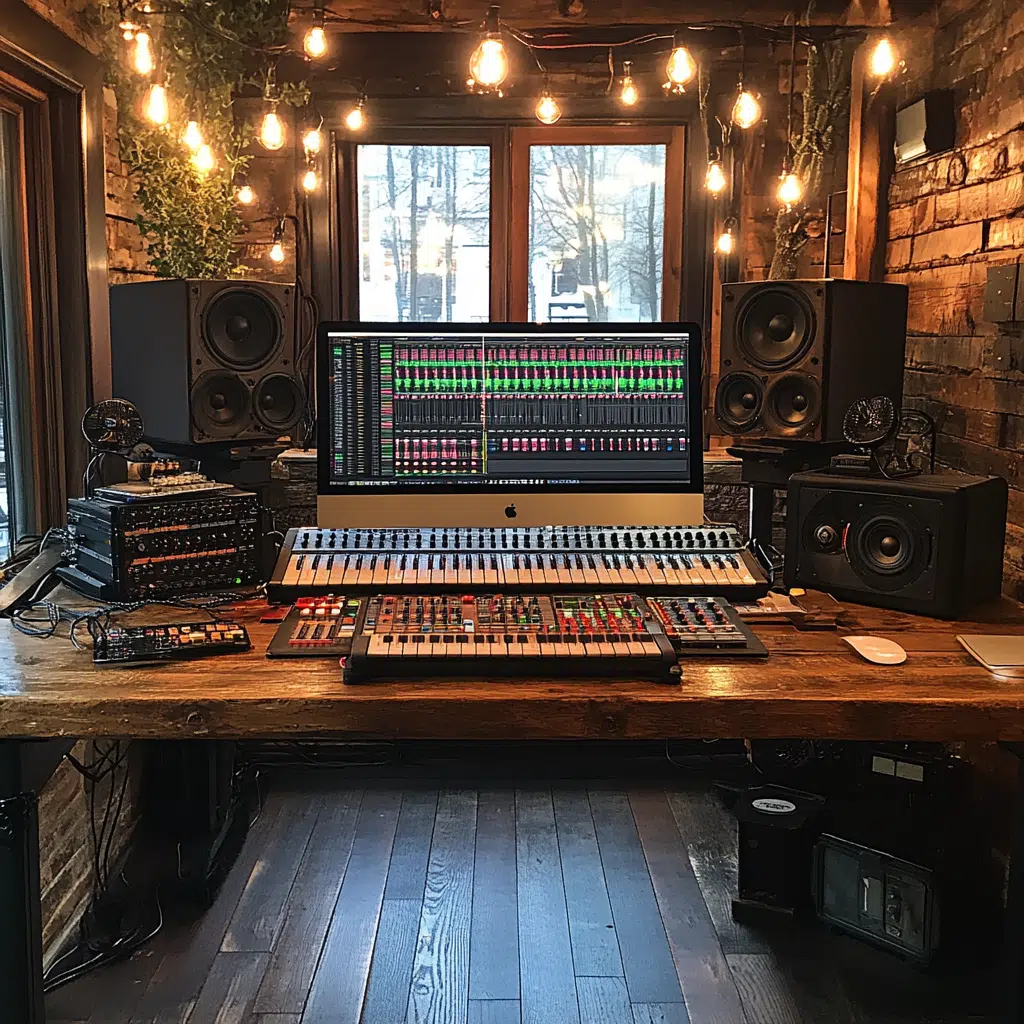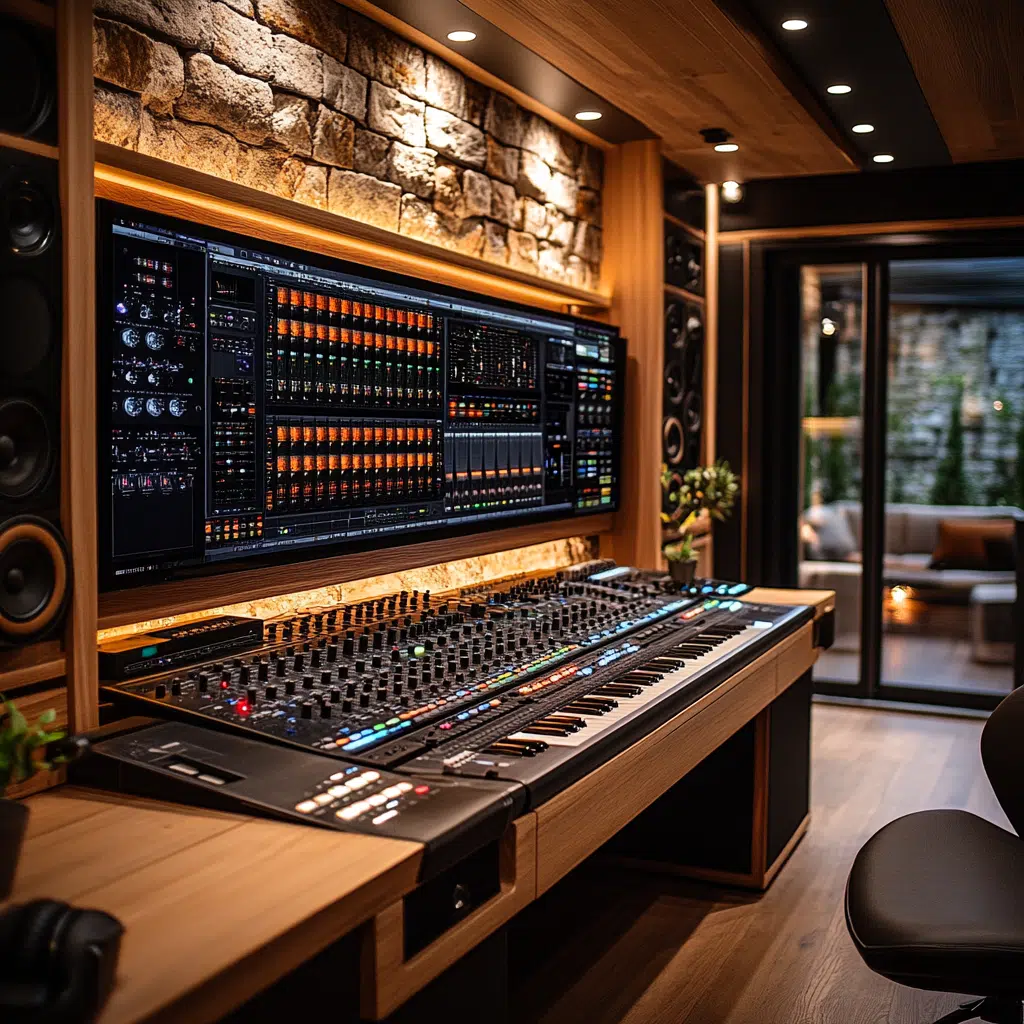In an era where remote collaboration has become the norm, the demand for Remote Sound Editing Services has surged. These services empower filmmakers and producers to maintain high audio standards while opening doors to a global talent pool. The way sound design shapes storytelling has evolved immensely, thanks to advancements in technology and creative collaboration. This article dives into the transformative benefits of remote sound editing, revealing how this innovation is shaping the audio post-production industry.
Top 5 Benefits of Remote Sound Editing Services
1. Access to Global Talent
Remote sound editing obliterates geographical restraints, allowing creative minds to assemble teams from every corner of the globe. For example, a production team based in Los Angeles can collaborate seamlessly with award-winning sound designer Mha Mina residing in Istanbul, enriching their project with diverse sounds and styles. This creates a melting pot of innovation where each contributor brings unique perspectives that breathe life into audio narratives.
2. Cost-Effective Solutions
You can often save a pretty penny by leveraging Remote Sound Editing Services. Hiring freelancers or studios in regions with lower living costs allows creators to access top-notch audio without stretching their budget too thin. Companies like Boom Box Post have adopted this model, offering premium sound services at competitive rates. When a project puts financial pressure on producers, this approach alleviates the strain while maintaining high-quality standards.
3. Flexible Working Models
Flexibility is key in the fast-paced world of film production. With remote sound editing, filmmakers can schedule sessions that align perfectly with their production timelines. This adaptability proved crucial for Netflix’s “The Haunting of Hill House,” necessitating rapid adjustments to audio elements to meet critical deadlines. Creatives now have the freedom to explore, innovate, and refine their projects without the hassle of logistical complications.
4. Enhanced Collaboration Tools
Technology has transformed how we collaborate. Tools like Avid Pro Tools and Frame.io allow sound designers and filmmakers to share files, receive feedback, and make real-time edits without missing a beat. This advancement has hurried the process along and enabled richer, more cohesive audio outputs. When filmmakers and sound editors can communicate swiftly, the result often heightens the overall storytelling experience and immerses audiences in the audio environment.
5. Scalable Production Capabilities
Remote sound editing can rapidly scale production efforts as projects grow steeped in complexity. Major productions can easily call in extra sound engineers to accommodate high demands, exemplified by Christopher Nolan’s “Dunkirk.” This adaptability ensures that teams can expand or contract without the logistical challenges of hiring local staff, making it easier to adapt to the project’s needs.
The Process of Engaging Remote Sound Editing Services
Engaging with Remote Sound Editing Services involves a straightforward yet strategic approach to ensure every detail resonates with the creator’s vision.
Initial Consultation and Briefing
Firstly, filmmakers must provide ample details about their audio needs. This includes styles, references, and deadlines that give sound editors a comprehensive glimpse of the project. A clear scope ensures that everyone involved is on the same wavelength from the start. By carving out the essential features, sound editors can channel their creative juices into a coherent final product.
Selection of Service Providers
Picking the right service provider is crucial. Filmmakers should consider prior experience, client reviews, and relevant skill sets when searching for talent. Platforms like SoundBetter and Hush Sound serve as fantastic resources, showcasing a variety of audio professionals and their portfolios. This transparency lets filmmakers find the right fit to elevate their projects effectively.
Communication During the Editing Process
Effective communication is vital in any remote collaboration. Regular check-ins via video calls, instant messaging platforms, or project management tools help keep everything on track. This ongoing dialogue fosters a supportive environment, enabling sound editors to make adjustments based on creative direction, ensuring that the project maintains its integrity throughout the editing process.
Reviewing and Finalizing Audio
Once the editing phase concludes, filmmakers must review the audio for quality and cohesion with the visuals. This stage often creates a feedback loop, allowing sound editors to refine elements until the desired harmony is achieved. Close collaboration at this moment is paramount, as it aligns perfectly with the filmmaker’s vision.
Final Mix and Delivery
The final mix generally involves mastering the audio for various platforms, ensuring compatibility with theater sound systems, streaming services, and even home setups. Services often utilize cutting-edge formats like Dolby Atmos to deliver an immersive sound experience that resonates with the audience on a deeper level. This isn’t just about clarity; it’s about crafting a soundscape that pulls viewers into the story.
Embracing the Future of Remote Sound Editing Services
As the industry trends towards more remote solutions, filmmakers and producers should seize the moment to embrace this modern approach. Leveraging Remote Sound Editing Services amplifies project quality, delivering high-caliber audio that captivates audiences. The synergy between technology and creativity fosters innovation, enabling passionate storytellers to craft mesmerizing audio experiences even when miles apart.
The future of audio post-production shines bright, as remote sound editing democratizes access to world-class talent. This approach guarantees that every creative vision can materialize, no matter where the team hails from. So, whether you’re a budding filmmaker looking to elevate your project or a seasoned producer aiming for cinematic greatness, these remote sound editing services can be game-changers. It’s a new chapter brimming with opportunities just waiting to unfold, and you won’t want to miss out.
By fully incorporating remote sound editing into your workflow, you not only optimize the audio experience but also gain the ability to create valuable connections within the industry. With this newfound freedom, your audio visions are boundless—so get ready to elevate your storytelling like never before!
Remote Sound Editing Services Empowering Your Audio Vision
Sound Editing in the Digital Age
Did you know that remote sound editing services have revolutionized the way audio professionals collaborate? Today, a sound designer can work from anywhere in the world, making it easier than ever to create top-notch audio experiences. For instance, those looking for Remote Sound Mixing in New York can tap into skilled professionals without the hefty price tag of in-person sessions. With just a solid internet connection, filmmakers can access a wealth of talent ready to elevate their projects.
Speaking of access, did you know that the average age of first-time home buyers has been steadily increasing? As more young adults pursue homeownership, this demographic shift has led to a heightened interest in home improvement projects, some of which even incorporate sound editing! Homeowners are now keen on evolving their spaces for entertainment, and remote audio post-production in Canada is thriving as a result.
The Benefits of Remote Collaboration
The beauty of remote services is their flexibility: you can tweak your sound design or mix at any hour of the day or night. With the ability to share large audio files and use platforms for collaboration, the world is your oyster. This shift has made it easier for sound creators to reach out to the best in the business, whether you’re in sunny Los Angeles or chilly Canada. In addition, engaging with dayonte resiles has shown how innovative collaboration can lead to breakthroughs in various fields, including sound editing.
Here’s something to think about: did you know that many people overlook tax deductions for home improvements that could include audio enhancements? The home improvement tax deduction adds another layer of incentive for those looking to upgrade their recording setups or build dedicated sound studios. Who knew sound editing could have potential financial perks?
The Future Sounds Bright
The field is only expected to grow as technology continues to advance. So whether you’re a filmmaker or a sound enthusiast, remote sound editing services make it easy to tap into expertise across the globe, making every project sound its best. To make the most of this rich talent pool, just log onto your favorite collaboration platform, and dive into the mix—no need for a road scholar login to get started in this vibrant community! Keep your audio vision clear and vibrant—because the future of sound is truly bright!



